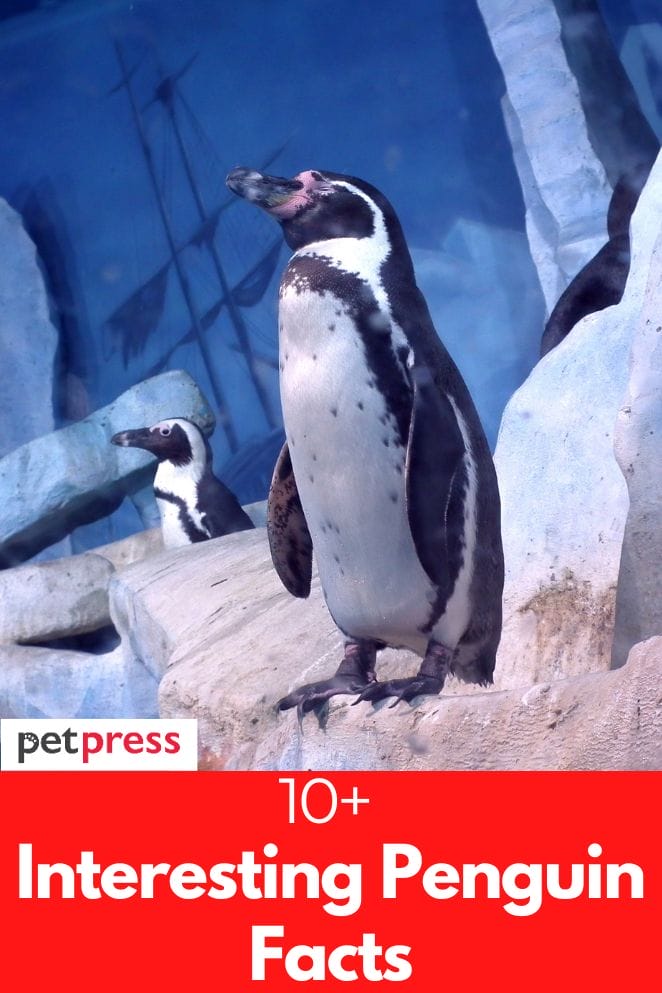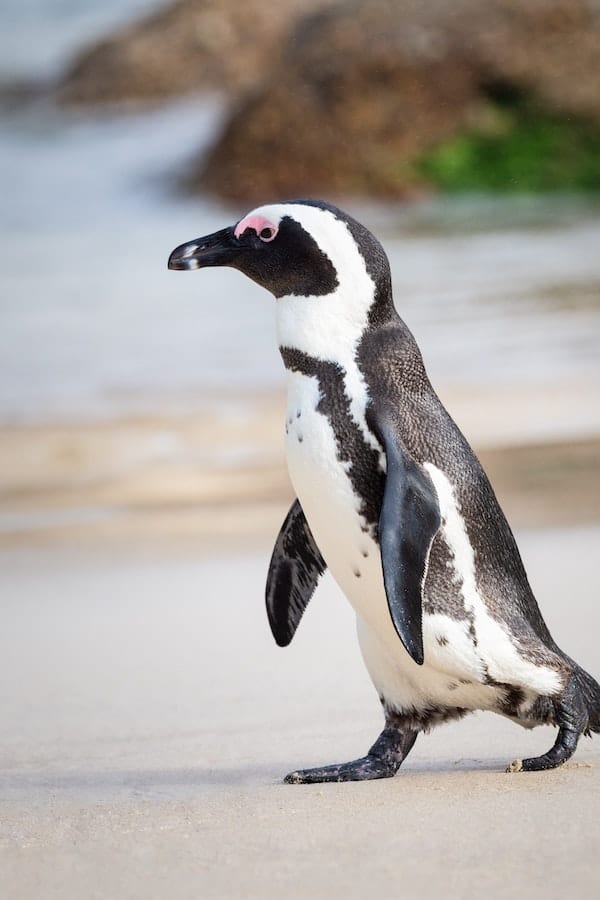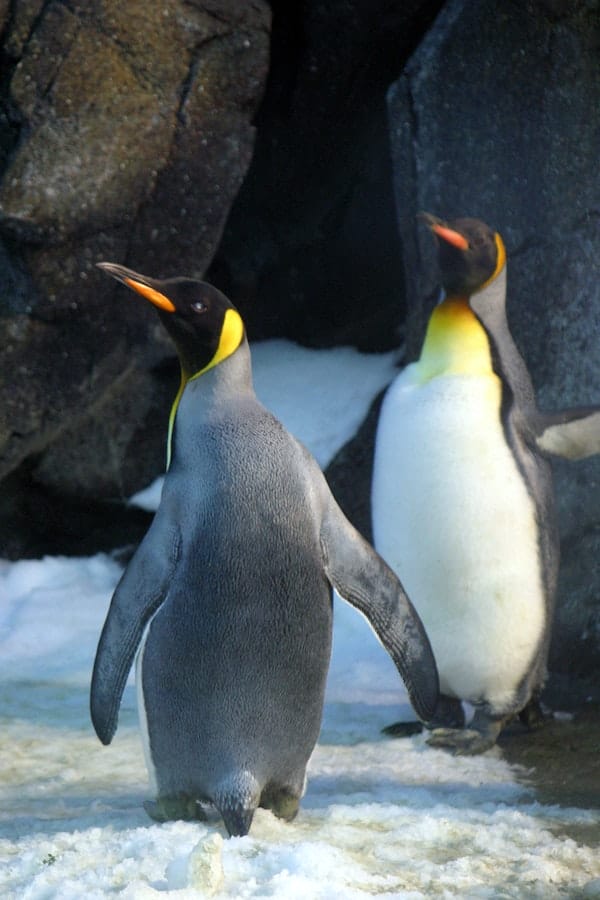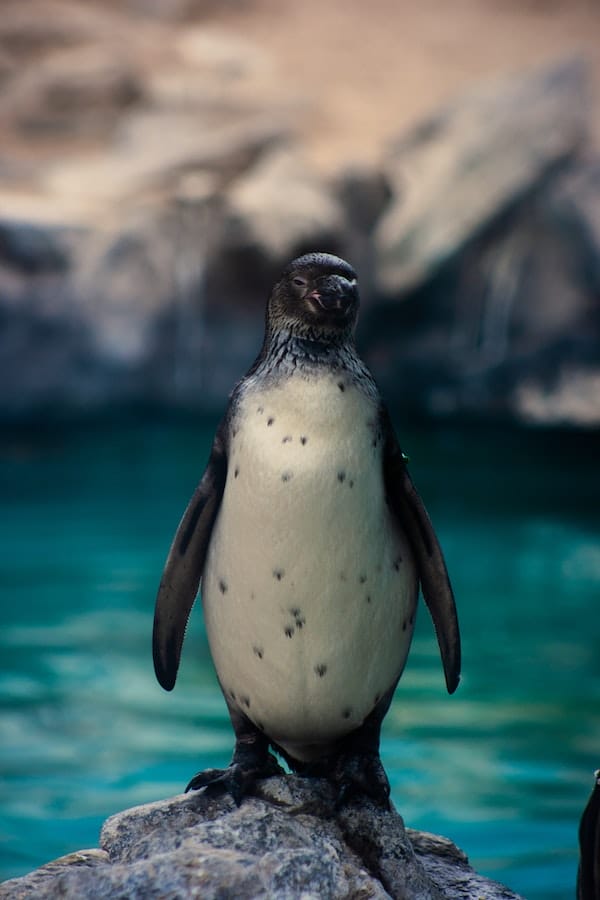
Penguins are fascinating creatures that inhabit some of the coldest regions on Earth.
They have unique adaptations that help them thrive in their icy habitat, including thick layers of feathers to keep them warm and webbed feet for swimming.
In addition to being fascinating animals, penguins are also an important part of their ecosystems, playing a vital role in the food web.
Whether you are a penguin enthusiast or just someone interested in learning more about these amazing creatures, here are some interesting facts about penguins.
Fact #1: Penguins are flightless birds native to the southern hemisphere.
Penguins are unique birds that are found exclusively in the southern hemisphere, inhabiting regions such as Antarctica, South America, Australia, and New Zealand.
Unlike most other birds, which are able to fly, penguins have evolved over time to become flightless creatures.
While there are many theories about why penguins lost their ability to fly, the most widely accepted explanation is that they simply no longer needed it to survive in their cold, icy habitats.
Fact #2: There are 17 different species of penguins.
Penguins are one of the most diverse groups of animals on Earth, with 17 different species that range in size from the tiny little blue penguin to the massive emperor penguin.
While all penguins share certain characteristics, like their thick layers of feathers and webbed feet, each species has its own unique traits and adaptations that allow it to thrive in its native habitat.
Fact #3. Penguins live in some of the world’s harshest conditions.

Penguins are well-adapted to living in some of the world’s harshest conditions, including Antarctica, where temperatures can often drop to -60 degrees Fahrenheit.
These creatures have evolved over time to develop a range of physical and behavioral adaptations that help them survive in such extreme conditions.
Fact #4: Penguins have a layer of insulating feathers that keep them warm.
Penguins have evolved several unique adaptations that help them thrive in their cold, icy habitats.
One of these adaptations is their thick layer of feathers, which helps to insulate their bodies and keep them warm in even the harshest conditions.
In addition to their insulating feathers, penguins also have a layer of down feathers that help to keep them dry and protected from the elements.
Thanks to these adaptations, penguins are able to live and thrive in some of the world’s coldest regions, including Antarctica.
Fact #5: Penguins eat a diet that consists mostly of fish.
Penguins are carnivorous animals that typically eat a diet consisting mostly of fish.
However, they also occasionally consume squid and krill, which are small crustaceans found in the ocean.
Penguins hunt for their prey by diving deep into the water and searching for schools of fish or other food sources.
Once they find a suitable meal, they use their sharp beaks to quickly snatch up the fish or squid and return to the surface.
While penguins primarily eat fish, squid, and krill in the wild, some captive species are also fed other foods, such as shrimp or crayfish.
Fact #6: Penguins have webbed feet that help them swim powerfully through the water.
Penguins are well-known for their incredible swimming abilities, and their webbed feet are a key part of that.
Their large, powerful flippers allow them to move through the water at speeds up to 25 miles per hour, making them some of the most agile swimmers in the animal kingdom.
These birds have also been known to dive to depths of over 1,600 feet in search of their favorite prey – fish and other marine animals.
No matter where they are or what they’re doing, penguins always seem at home in the water.
- Related post: How to Name a Cute Penguin
- Related post: Famous Penguin Names From Movies
Fact #7: When it’s time to mate, penguins return to their birthplace.

When it’s time to mate, many male penguins return to where they were born and raised.
This is often a location rich in food and other resources, making it an ideal spot for these birds to build their nests and attract potential mates.
To do this, male penguins typically gather large piles of rocks or pebbles and place them strategically on the ice or land.
These nests serve as a sort of “calling card” to potential mates, indicating to them that the male is strong, capable, and ready to settle down.
Fact #8: Once the female lays her eggs, she will transfer them to the male.
When it comes time to mate, penguins typically follow a set reproductive cycle.
After the female lays her eggs, she will transfer them to the male, who will incubate them for about two months while the female goes off to feed.
This period of time is known as egg incubation, and during this time, the male penguin must keep the eggs warm and protected from the elements.
Fact #9: After the chicks hatch, they will be cared for by both parents until they are old enough to fend for themselves.
When a penguin chick hatches, it is immediately taken care of by both parents until it is old enough to fend for itself.
During this time, the chick will be fed and protected by its parents, who work together to ensure that their young one grows up healthy and strong.
As the chick grows older, it will begin to leave the nest and explore its surroundings. At this point, it must learn how to find food on its own, as well as protect itself from predators.
Fact #10: Penguin chicks are born covered in down feathers.
Penguin chicks are born covered in down feathers, which help to keep them warm and protect them from the elements.
However, these feathers will eventually be replaced by their adult plumage as they grow older and become more independent.
This process of growing new feathers typically begins around six weeks after birth, when the young penguin’s down feathers have started to shed.
During this time, the chick will begin to grow longer, more waterproof feathers that will eventually become its adult plumage.
Fact #11: Penguins are social animals who live in large colonies.

Penguins are social animals that live in large colonies of thousands of individuals.
These colonies can be found worldwide, from the icy waters of Antarctica to the temperate coastlines of South Africa and Australia.
Within these massive groups, penguins often display complex social behaviors and hierarchies.
For example, some groups may be dominated by a single alpha penguin, while others may be comprised of several individuals working together as a team.
Fact #12: Penguins communicate with each other through various vocalizations.
Penguins are well-known for their diverse range of vocalizations, which they use to communicate with each other and express different emotions.
These vocalizations can include everything from honking sounds to braying noises to cooing sounds, and each type of sound serves a specific purpose within the colony.
Overall, penguins are fascinating animals with a wide range of unique behaviors and characteristics.
Whether swimming gracefully through the water or huddling together in massive colonies, these birds always seem to be at home in their natural habitats.
So if you ever have the chance to see these remarkable creatures up close, be sure to take it – you won’t be disappointed!
- Essential Oils Safe for Cats: What Every Pet Owner Needs to Know - May 23, 2025
- Herbal Supplements for Cats: A Natural Approach to Cat Wellness - May 21, 2025
- Signs of a Healthy Cat Coat: What Every Cat Owner Should Know - May 19, 2025


GIPHY App Key not set. Please check settings